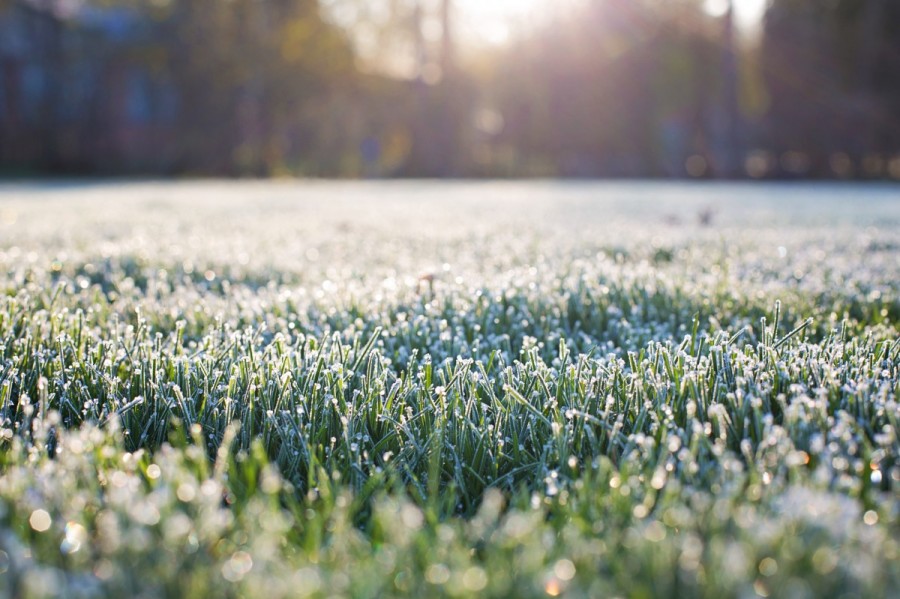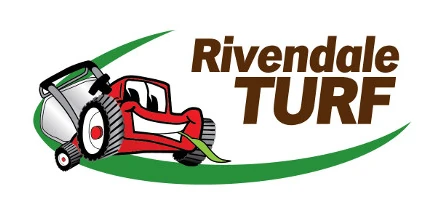Frost and your lawn

Frost is the result of the dew freezing on your lawn, which typically occurs in the early morning. The frost can freeze the blade of the leaf and cause significant discolouration. The discolouration occurs as result of the damage caused by the frost to the cell walls of the grass, which slows down photosynthesis.
The amount of discolouration and damage caused by these frosts will be dependant largely on the type of variety you have. Cool season grasses like fescue and rye contain proteins which prevent them from freezing. Warm season grasses like buffalo, couch, kikuyu and zoysia, don’t have this protein and are much more susceptible to these frosts. Warm season varieties are also the most common types in Australia, as they are more suited to Australian conditions overall.
What can you do?
- It is important that whenever there is frost on the lawn you stay off it. By walking across it, you are actually causing the blades to break and causing more damage.
- You can give your lawn a very light watering just before the sun comes up in the mornings, to remove frost from the leaf. This will help the frost to melt quicker and more evenly and you will be less likely to have brown patches occur.
- The health of your lawn is one of the most important factors in ensuring your turf is able to tolerate frosts. Using a fertiliser with increased Iron before Winter will help strengthen your lawn for the frosty months ahead.


